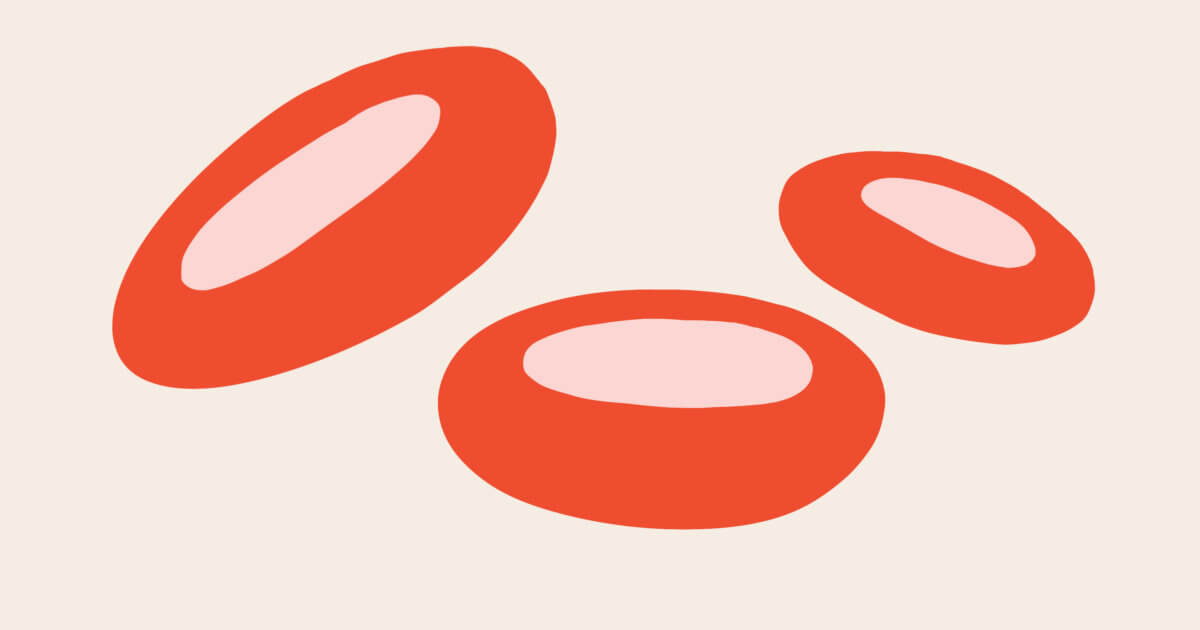Consolidation Therapy for Acute Myeloid Leukemia
The first portion of treatment for acute myeloid leukemia — called induction therapy — is designed to reduce your AML to a low level, called "remission." However, this does not mean that cancer is gone yet from your body. The next part of therapy is called consolidation, which occurs once you have reached remission.
Read More- To maintain remission
- To reduce the level of cancer even further
Consolidation is also critical in making the cancer undetectable using advanced detection methods, which is known as being "MRD-negative" (measurable or minimal residual disease). MRD negativity is associated with better outcomes especially if your physician is planning a hematopoietic stem cell transplant (HSCT).
Preparing For A Stem Cell Transplant, While Finding A Matching Donor
The good news is that consolidation is less intense than induction therapy, so the side effects will be fewer, and the duration of treatment is shorter. With consolidation therapy:
- Sometimes, you do not even need to be admitted to the hospital to receive this treatment.
- Your physician will decide on how many cycles of consolidation you need, but most of the time it calls for 2-4 cycles depending on whether stem cell transplantation is planned afterwards.
There are many different chemotherapy regimens used for consolidation. You may hear a variety of acronyms being used, such as "HDAC" or "HiDAC," “LDAC," or "CPX-351/Vyxeos," or encounter complicated drug names such as gemtuzumab ozogamicin, azacitidine, decitabine, or venetoclax. Usually, a similar combination of drugs used during your induction therapy will be used for consolidation, but at a lower dose. Regardless of the drug used, the concept is the same to lower your cancer to the point of being able to undergo a stem cell transplant, or to the point of cure!
Sometimes physicians will refer to a stem cell transplant as a type of consolidation therapy. If planned, this generally occurs after several cycles of consolidation chemotherapy.
“When somebody has leukemia, that person has stem cells that have a defect in them that causes those growth of blasts. What we want do to with a bone marrow transplant is wipe out the bone marrow, all of those abnormal stem cells and abnormal leukemia cells, and replace it with a healthy bone marrow, with healthy stem cells that will grow a normal bone marrow,” Dr. Sekeres said in a previous conversation. “One of the advantages of a bone marrow transplant is we’re getting rid of the leukemia, giving whopping doses of chemotherapy, where if we did nothing else a person’s bone marrow would never recover, we rescue it with a healthy bone marrow that sets up shop and grows normal red blood cells, white blood cells, and platelets.”
Questions to Ask Your Doctor
- Do I need to undergo consolidation therapy as part of my treatment for AML?
- How is consolidation treatment different than induction treatment?
- What medications will I be given for consolidation treatment?
- How long will consolidation treatment last?
- Will I be able to have consolidation treatment as an outpatient?
Acute Myeloid Leukemia AMLAn Overview of Initial Treatment
Learn more about SurvivorNet's rigorous medical review process.


